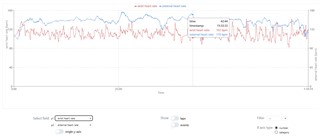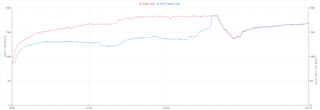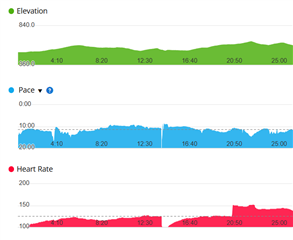unfortunately I have bad news. You closed OHR related topics like this
https://forums.garmin.com/sports-fitness/running-multisport/f/forerunner-955-series/384760/heart-rate-values-from-optical-hrm-still-totally-wrong-with-20-26
But you were asking to give you feedback, if we encountered that bug again.
This is the case - in fact, in my opinion the optical HRM is worse than ever now.
With 20.26 I was quite ok with the measurements of the OHR while walking/hiking and for higher intensity workouts I usually use a HRM strap (beside bike commuting).
With 21.19, the OHR cannot be trusted AT ALL, even for low intensity stuff like walking/hiking.
See this heart rate values, that I recorded during an hours walk today:

The average is a HR of 70!!!
While walking one hour with a pace below 10 minutes/kilometer.
My resting HR is 48, still, this is just random. It is nowhere near the real pulse I had during that walk.
And regarding blood flow: Yes, it is cold now in Germany (4 degrees Celsius), but I was wearing a thick fleece pullover and Polartech gloves and the watch was below it all.
Yes, you may contact me and have a look at my activities and I live in Germany.









 Here is a OHR run recently. For the 1st 20 minutes, HR stays too low for the effort and is, in some places, inverse with pace (see declining HR from about 5:00 to 7:00 with increasing pace, for example). Then, not changing pace, OHR jumps from 126 BPM to 150 BPM in, like, a second, at about 20:00. I have other OHR flaws just like this - it is not a 'one time only'. Back to wearing the strap. This was not the case previously, when OHR was quite good (for me). Now...OHR is junk and unusable for serious training. Garmin, please look at this thread, figure out what changed and revert back to the functional OHR we were promised (and Garmin delivered) some months ago...
Here is a OHR run recently. For the 1st 20 minutes, HR stays too low for the effort and is, in some places, inverse with pace (see declining HR from about 5:00 to 7:00 with increasing pace, for example). Then, not changing pace, OHR jumps from 126 BPM to 150 BPM in, like, a second, at about 20:00. I have other OHR flaws just like this - it is not a 'one time only'. Back to wearing the strap. This was not the case previously, when OHR was quite good (for me). Now...OHR is junk and unusable for serious training. Garmin, please look at this thread, figure out what changed and revert back to the functional OHR we were promised (and Garmin delivered) some months ago...